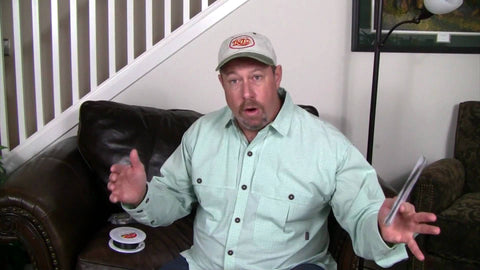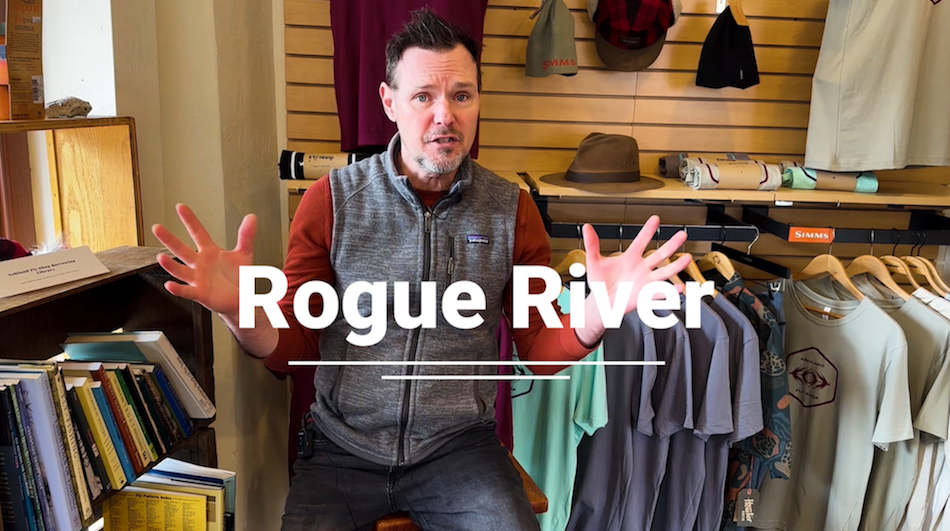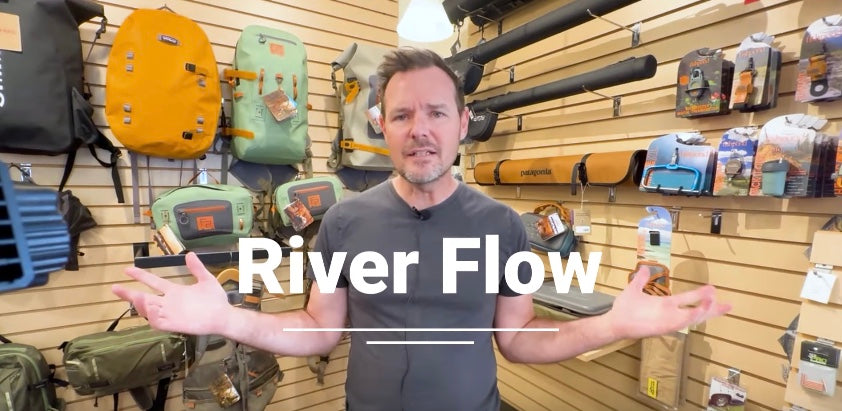Your Cart is Empty
free shipping on all domestic orders over $75

As a guy who guides Spey trips and performs private instruction and classes, it is sometimes a challenge to get through to the client. Everyone has different a learning style. There are visual learners, doers, and thinkers. I use analogies, give examples, demonstrate, or anything to break through to the caster. Over the years, I have developed my own program, so to speak. I have my progressions, ways of getting from point A to point B. But, like many, I have learned from my predecessors, colleagues, and even clients. I use quotes, analogies, and other Spey related thoughts that I have heard from them on a regular basis. Sometimes they even work! Here are some Spey quotes to live by.
You are the Spey Quarterback. If you have ever taken a class from or seen George Cook give a casting demo, you know how much he likes sports analogies. And if so, you already know that you are the Spey Quarterback, and you have to know when to audible.
Spey casting requires constant adjustments. You have to adapt to the situation at hand. Just like what an NFL quarterback does at the line of scrimmage, you have to know when to audible. What does that mean? When Tom Brady or Peyton Manning get under center, they have about 15 seconds to change the play, if necessary, depending on what the defense gives them. They audible the new play that best suits the situation.
As the Spey Quarterback, you have to make pre-cast adjustments depending on wind direction, obstacles behind you, wading depth, and so on. As you get better, you might even make mid-cast adjustments based on what you see. For example, switching from a Double Spey to a Snap-T due to a wind shift. Or, you notice that as your D-Loop forms you are on the verge of blowing your anchor, so you back off the forward cast a bit to make it work.
The bottom line is that Spey casting requires observation and adjustments, which leads me to the next quote.
Be a Watcher. Years ago I was fishing the Clackamas with Spey gurus Mike McCune and Scott O’Donnell, and while they were working with me on my casting, one of them said, “Be a watcher”. At the time, they were referring to my D-Loop. Watching your D-Loop form gives you a sense of timing and provides other feedback. What I have realized over time is that from the caster’s perspective, the entire process of Spey casting can be observed. You get feedback from what you see, which allows you to make adjustments if necessary. Watching starts as observation, then leads to self-diagnosis and adjustment, which inevitably makes you a better caster. If you have never practiced watching, it may screw up your cast at first, which leads into the next quote.
Be an Owl.My good buddy Dax Messett says be an owl. While watching your D-Loop form, it’s best to turn your head like an owl and not turn your shoulders or torso. Turning your shoulders or torso changes the whole dynamic of the cast. Your body is the base or foundation of the cast, and should, for the most part, remain square to the target.
The D-Loop Stroke is like a Tray of Martinis.One of the most talented casters on the West Coast is Chris King. Chris holds the highest credentials with the FFF, including the Master Cert. and Two-Hand Cert. While working with him on a Klamath River Spey clinic, I heard Chris describe the D-Loop Stroke as a Tray of Martinis. Imagine picking up a tray of Martinis and putting them up over your shoulder, as if you were delivering them to a table. That perfectly describes the D-Loop Stroke.
With your right hand palm up, starting from your left shoulder, swivel your hand around and above your right shoulder to face level. If your palm stays up, with no dip or abrupt lift, you won’t spill the drinks! And if you’re lucky, your Spey cast will look good too!
Chris also says, There’s a Switch cast in every Spey cast. What he is referring to, as it relates to sustained anchor casts, is the second half of the D-Loop Stroke. The second half of your D-Loop Stroke is essentially the same motion as a Switch Cast. And really, it is where directional power is applied and load is acquired. This also brings us to the next quote.
It’s Where You Apply the Power that Counts.One of the first times I saw Simon Gawesworth speak at the Sandy River Spey Clave, he performed a 180 degree Single Spey. As he was describing how to execute it, he emphasized the importance of when and where to apply the power in your Spey cast. That has always stuck with me. If our goal is to cast to a certain target, and our load has to be acquired opposite of that target (180 degree rule), then it makes sense that power should to be applied opposite of the target as well.
How Simon pulled off an extreme angle with the Single Spey is fairly simple. After the lift, during the dish (the D-Loop Stroke), he just had to maintain a constant speed and tension as his rod swept around to the target. Once the rod was pointing at the target, he applied the power into the D-Loop, opposite the target. He makes it look easy, of course.
One of the biggest problems I see on the water is too much speed early in the D-Loop Stroke. Imagine you are standing on river right about to do a Double Spey. After setting your anchor, what do you think happens if you start your D-Loop Stroke with too much speed and power? What happens is the D-Loop ends up too far downstream, instead of behind you and your rod. Your D-Loop gets stretched downstream instead of towards the bank where it should be for maximum directional load. This leads me to one final thought.
The Rod Tells the Line What to Do.This should be enough said, but it’s a great reminder. I heard this from Charles St. Pierre during a Spey Boot Camp we taught recently. If the rod tells the line what to do, then who tells the rod what to do? Well you do, of course! Good casters can watch what the lines does and determine what the rod did to make whatever happened, happen. Having the ability to work backward from line/ to rod/ to casting stroke is what separates the men from the boys, the women from the girls.
Most often this comes up when the caster impales himself in the back of the head with a fly. “How do I fix it?”, they ask. “Well, if your rod comes over your head, the line and fly will follow”, I respond. Every reaction is caused by an action, and what your line does tells the whole story. If your line did something you didn’t want it to, then your rod has to tell it something different, or it could lead to the definition of insanity: doing the same thing over and over, expecting a different outcome. Fly fishing is supposed to be therapy. In my experience, therapy only works once you admit you have a problem, identify what it is, and commit to change. Good luck!

A February fishing report from Will, covering current and upcoming river and weather conditions on the Rogue, Applegate, Umpqua, and several rivers in northern California!

